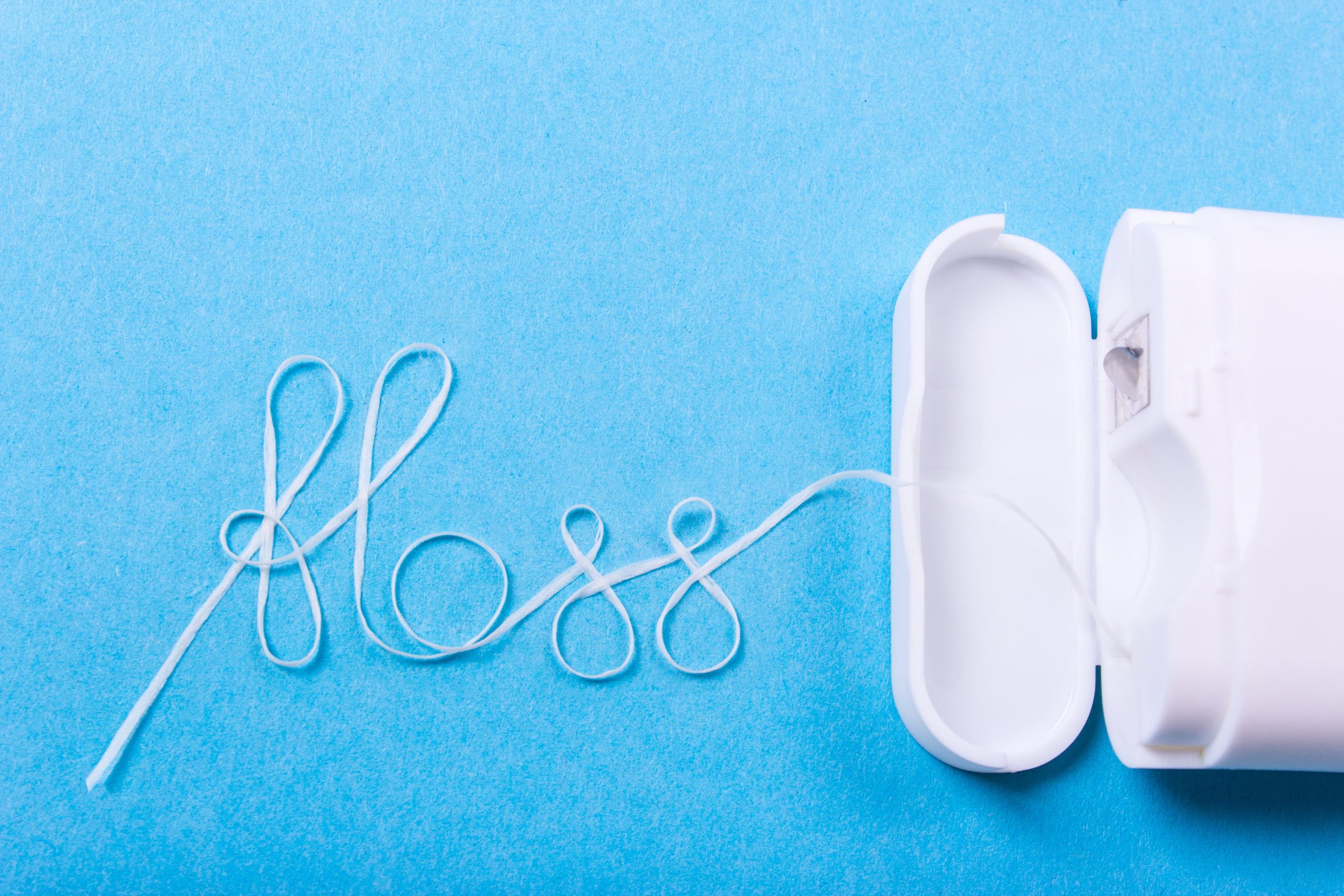Why Do Gums Swell After Flossing? Relief Tips

Swollen gums after flossing can be a troubling and painful experience, leaving many to wonder if they’re doing more harm than good by incorporating this crucial oral hygiene practice into their daily routine. The discomfort and inflammation that can accompany flossing, especially for those who are new to the habit or haven’t flossed in a while, can be a significant deterrent. However, understanding the reasons behind swollen gums and learning how to mitigate this issue can make a substantial difference in maintaining good oral health.
Causes of Swollen Gums After Flossing
Several factors contribute to the swelling of gums after flossing. One of the primary reasons is the introduction of bacteria into the gums during the flossing process. When flossing, especially if done improperly or too aggressively, it’s possible to push bacteria underneath the gum line, leading to inflammation. This reaction is more pronounced in individuals with pre-existing gum conditions, such as gingivitis, where the gums are already inflamed and sensitive.
Another significant factor is the mechanical injury to the gum tissue itself. Flossing, when done with too much force or with a technique that involves snapping the floss against the gums, can cause micro-tears in the gum tissue. These small injuries can lead to swelling and pain, especially if the area is already prone to inflammation.
Additionally, poor oral hygiene can exacerbate the issue. If plaque and tartar have been allowed to build up on the teeth, flossing can sometimes dislodge these substances and push them further into the gum line, causing irritation and swelling.
Relief Tips for Swollen Gums After Flossing
Fortunately, there are several steps that can be taken to alleviate swollen gums after flossing and to prevent the issue from arising in the future:
Improve Flossing Technique: Learning the proper flossing technique can significantly reduce the risk of injuring the gum tissue. The floss should be curved around the edge of each tooth in a “C” shape, and gently slid up and down against the tooth, avoiding snapping or forcing the floss against the gums.
Regular Dental Check-Ups: Regular dental visits can help in identifying and treating gum conditions early on. Professional cleanings can remove plaque and tartar, reducing the risk of inflammation.
Salt Water Rinse: Rinsing the mouth with warm salt water can help reduce swelling and kill bacteria. Dissolve a teaspoon of salt in a cup of warm water and swish it around the mouth before spitting it out.
Cold Compress: Applying a cold compress to the swollen area can help reduce pain and swelling. Wrap an ice cube in a cloth and apply it to the gums for a few minutes at a time.
Desensitizing Toothpaste: For those experiencing sensitivity along with swollen gums, using a desensitizing toothpaste can provide relief. These toothpastes contain ingredients that help block the dentinal tubules in the teeth, reducing the sensation of pain.
Oral Care Products: Using an antibacterial mouthwash and incorporating an interdental brush into your oral hygiene routine can help maintain clean and healthy gums, reducing the risk of swelling after flossing.
Long-Term Prevention Strategies
Preventing swollen gums after flossing involves a combination of proper flossing technique, regular oral hygiene practices, and professional dental care. Here are some strategies for long-term prevention:
Maintain Regular Flossing: Consistency is key. Regular flossing helps prevent the buildup of plaque and tartar, reducing the risk of gum inflammation.
Monitor Gum Health: Being aware of the condition of your gums can help in identifying potential issues early. Look for signs of inflammation, such as redness, swelling, and bleeding during brushing or flossing.
Adjust Your Diet: Consuming a diet rich in fruits, vegetables, and whole grains can provide essential nutrients that support gum health. Avoid sugary and acidic foods and drinks that can contribute to tooth decay and gum disease.
Stay Hydrated: Adequate hydration helps in maintaining the health of the gums by facilitating the production of saliva, which has antibacterial properties and helps neutralize acids in the mouth.
Conclusion
Swollen gums after flossing, while discomforting, can be managed and prevented with the right approach. By understanding the causes, adopting a gentle yet effective flossing technique, and maintaining good oral hygiene, individuals can minimize the risk of gum swelling and contribute to their overall oral health. Remember, if the swelling persists or is accompanied by severe pain, bleeding, or other concerning symptoms, it’s crucial to consult a dental professional for proper evaluation and treatment.
Why do my gums swell after flossing?
+Gums can swell after flossing due to several reasons, including the introduction of bacteria into the gums, mechanical injury to the gum tissue from improper flossing technique, and pre-existing gum conditions. Maintaining good oral hygiene and learning the proper flossing technique can help reduce this issue.
How can I prevent swollen gums after flossing?
+To prevent swollen gums, practice gentle flossing, maintain regular oral hygiene, including brushing and using an antibacterial mouthwash, and visit your dentist regularly for check-ups and professional cleanings. A balanced diet and proper hydration also support gum health.
What are some relief tips for swollen gums after flossing?
+Relief tips include improving your flossing technique, rinsing with salt water, applying a cold compress, using desensitizing toothpaste if you experience sensitivity, and incorporating oral care products that are antibacterial. If swelling persists, consult a dental professional.
By incorporating these strategies and maintaining a proactive approach to oral health, individuals can enjoy the benefits of flossing without the discomfort of swollen gums, contributing to a healthier, happier smile.
